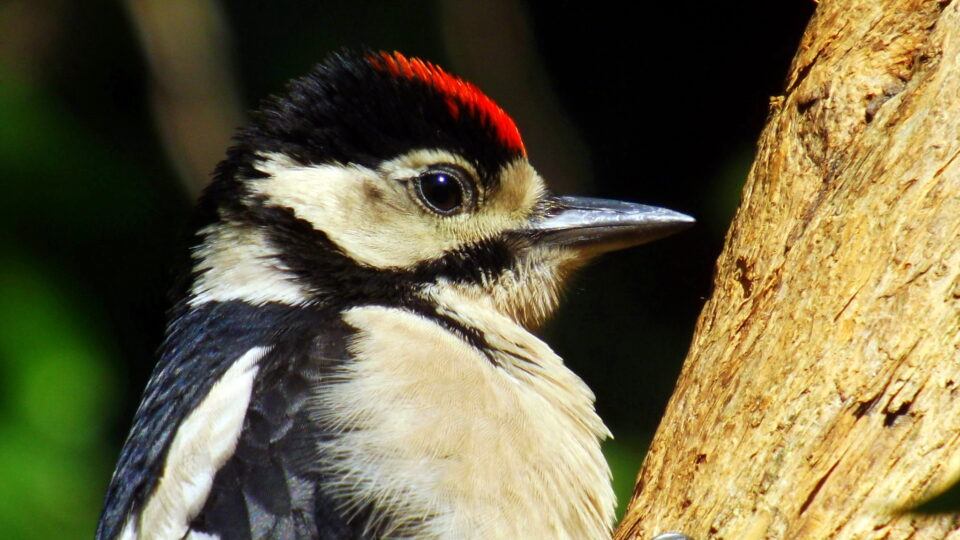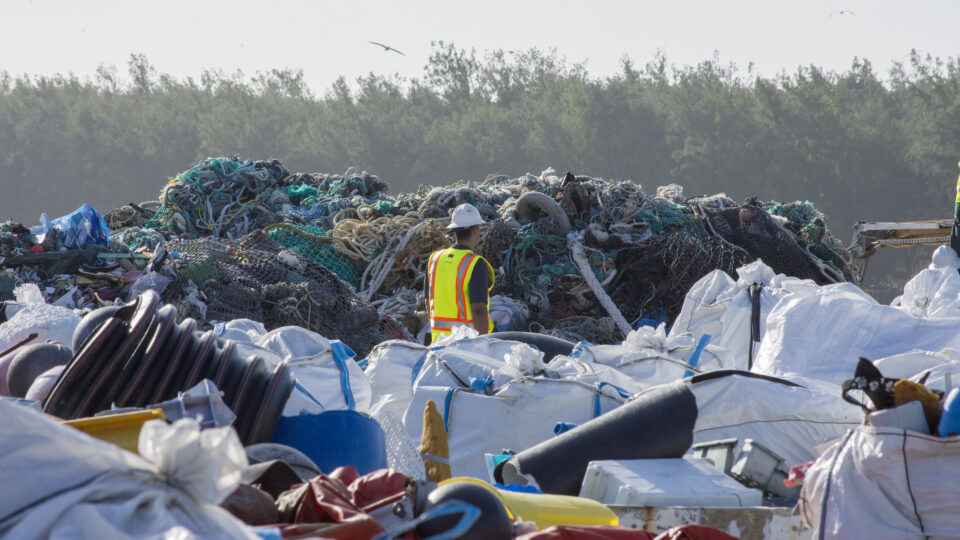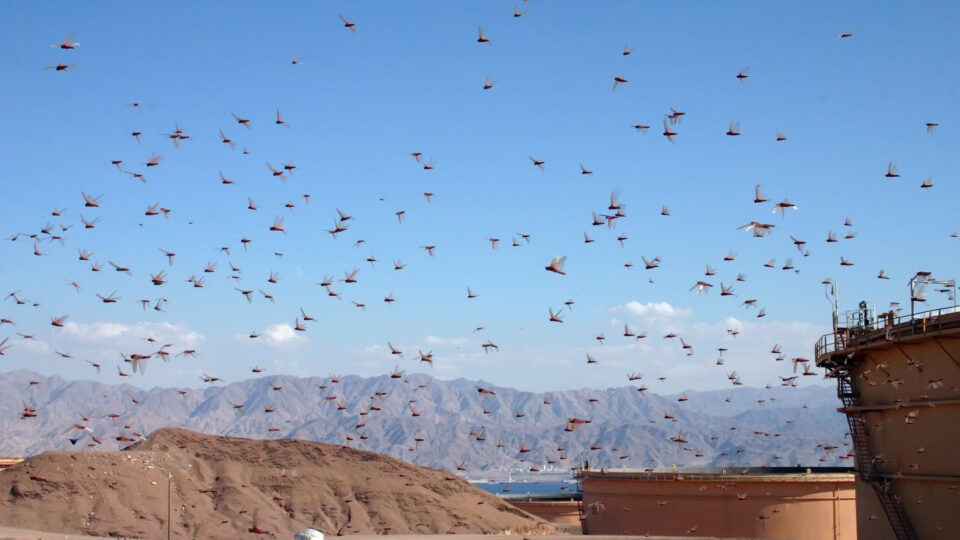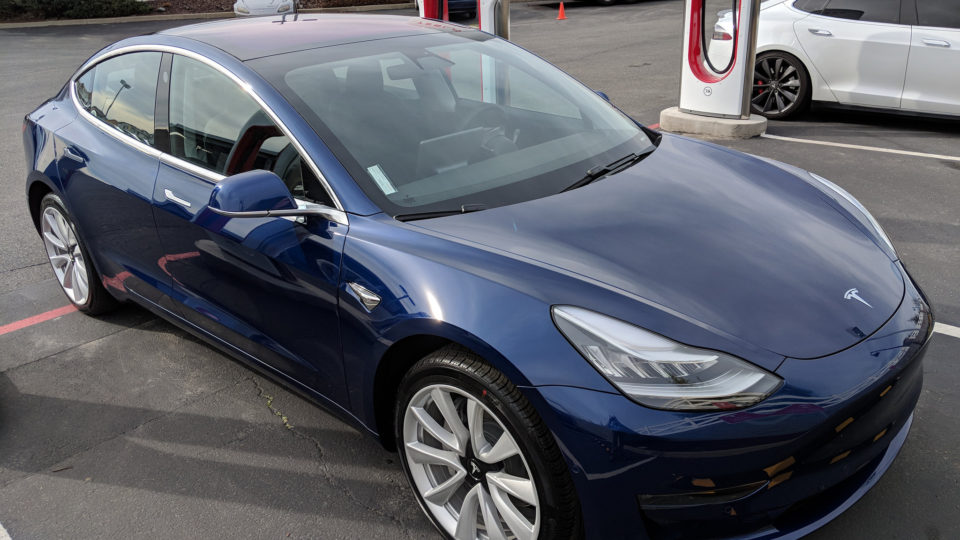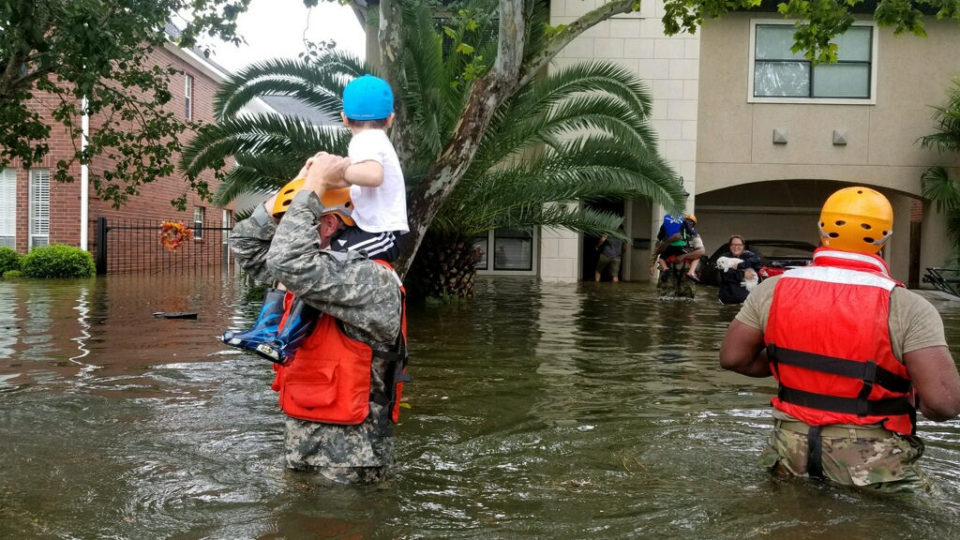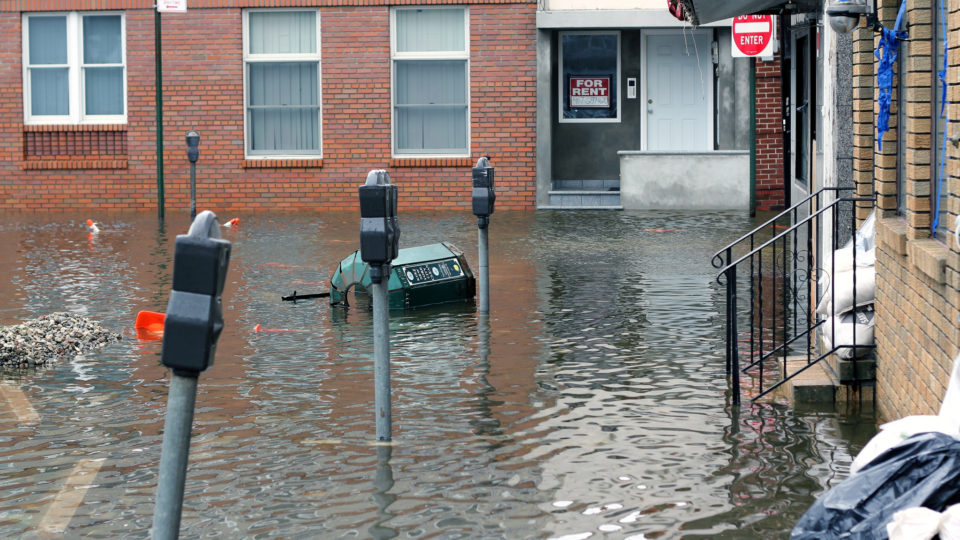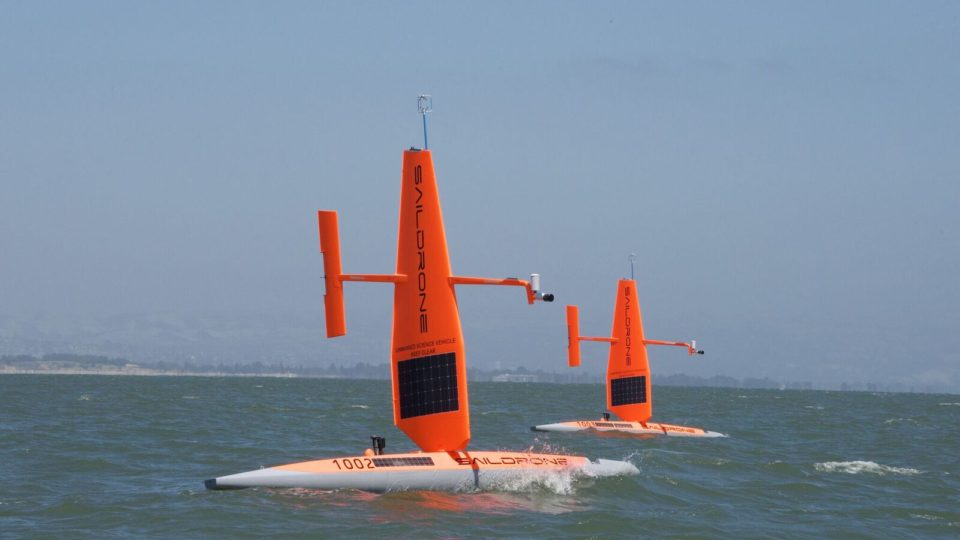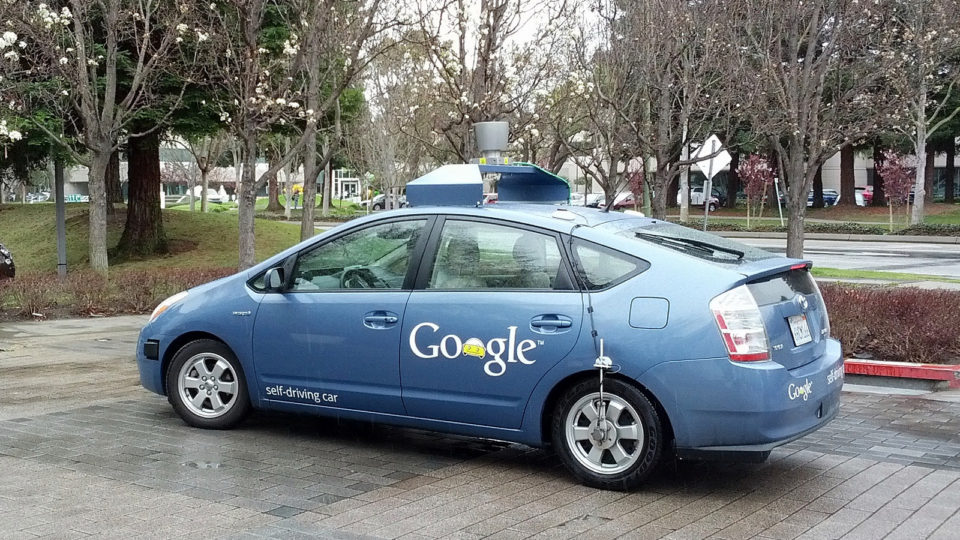It’s increasingly common to see cars hooked up to charging cables in shopping centers, rest stops, and dedicated charging stations. Charging electric cars is easy to do, just like charging phones and laptop computers. These days, it is pretty common to charge phones without using any charging cable at all because of the availability of wireless charging technology. The same thing may well happen with electric cars.
A team of researchers at Oak Ridge National Laboratory has successfully demonstrated wireless charging of electric cars with high efficiency and fairly fast charging speed.
The patented system was used to charge up a Hyundai Kona EV using electromagnetic fields, which is essentially how phone chargers work. The technology makes use of a polyphase electromagnetic coupling coil, which is lightweight and small. Rotating magnetic fields generated in the coil’s windings boost the power available. The system provided 100-kW of power with 96% efficiency. That isn’t as powerful as the fastest high-speed charging stations, but it is considerably more than any home charging solution can provide. For many vehicles, such a charger could provide 50% battery capacity in less than 20 minutes.
Battery technology continues to improve leading to larger capacity, faster charging, longer battery life, and lower cost. At some point, charging up an electric car will take no more time than pumping gas.
The Oak Ridge researchers consider this development to be a breakthrough achievement that could open the door to fast and efficient wireless charging for electric passenger vehicles. One could imagine having the ability to drive up to a charging spot and charging up the battery without even getting out of the car.
**********
Web Links
Photo, posted July 12, 2021, courtesy of Chris Yarzab via Flickr.
Earth Wise is a production of WAMC Northeast Public Radio

